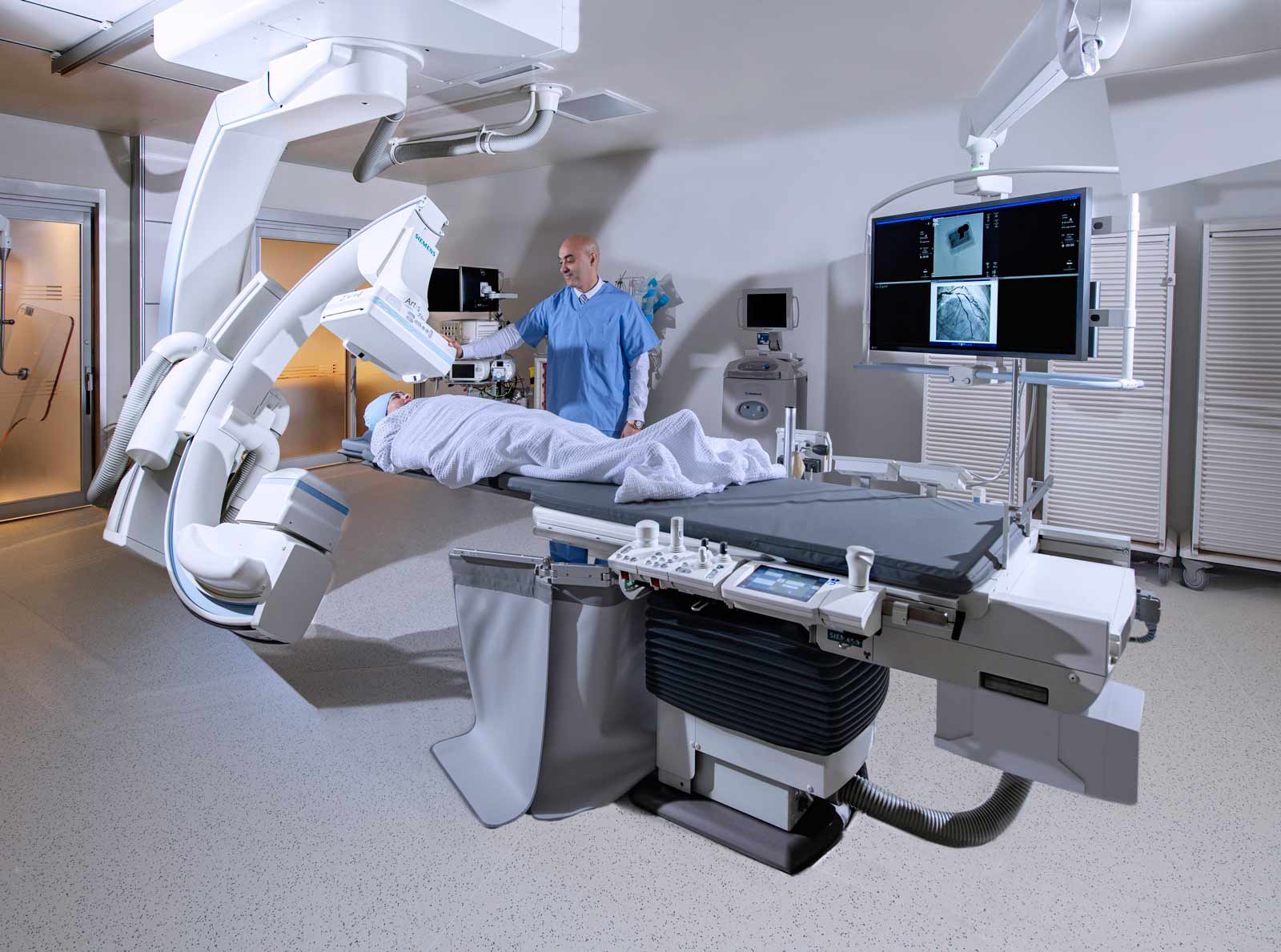Heart Attack… Number One of Death Worldwide
By Dr. Mazen Shaheen, Consultant Interventional Cardiology Clemenceau Medical Center – Dubai

The heart is the muscular pumping organ of the body that normally weighs about 200 grams. The heart is composed of four main constituents: heart muscle, heart valves, Coronary arteries and electrical conduction system.
Coronary arteries for many reasons can get narrowed and calcified and this can cause a heart attack. Typical signs of heart attack are chest pain typically left-sided, left arm pain, profuse sweating and feeling doomed sensation.
Silent heart attack can present with various ways such as shortness of breath, nausea, vomiting, and pain between the back of shoulders area, dizziness and feeling fatigue. Patients who are elderly, diabetics and female gender are more prone to have silent heart attacks.
Coronary arteries are conduits that deliver oxygen and nutrients to the heart muscle. Normally the coronary arteries are smooth and free of disease. There are five major risk factors that predispose us to develop plaque and narrowing of these coronary arteries.
The five major risk factors are smoking, high blood pressure, high cholesterol lipid levels, high blood sugar and positive family history of coronary heart disease.
The above-mentioned risk factors initiate the formation of plaque in the inner walls of the coronary arteries that can cause significant blockage and cause chronic chest pain or even worse can form plaque that can rupture and induce total or subtotal blockage of the coronary artery that cause heart attack.
In taking care of patient with heart disease or at high risk of developing heart disease the most important factor is modifying these major risk factors, it cannot be stressed enough the need to quit smoking.
Smoking not only develops blockage in the coronary arteries but also in all other arteries and causes cancer, chronic lung disease and increase tremendously our mortality rate. Also, it is so important for patients at high risk to live a healthy lifestyle including diet, exercise and stress relief habits.
Heart attack occurs usually because of plaque in the coronary artery ruptured which will lead either to total blockage of the heart artery or subtotal occlusion of the artery.
There are many important medications that need to be given if no contraindication to the patient after heart attack and their role is to protect the muscle of the heart as well as prevent further heart attacks.
These medication are aspirin, nitroglycerin as needed for chest pain, beta blocker (such as metoprolol, carvedilol, bisoprolol), statin medications (like rosuvastatin, atorvastatin) and Angiotensin converting enzyme inhibitor such as Ramipril lisinopril.
If patient ended up receiving stent, he needs to be on other medication along aspirin such as brilinta, Plavix to prevent clot in the stent received nd the duration of that combination to be decided by his/her cardiologist.
When a major heart attack occurs, time is the essence. Any time lost equates to heart muscle becoming dead. It is crucial when a major heart attack occurs for a patient to undergo lifesaving coronary angiogram as soon as possible. Based on what the coronary angiogram shows, he will undergo types of intervention either coronary balloon /stent or open-heart surgery.
In summary, a heart attack is a life-threatening condition, it is the number one cause of death in the United States and worldwide. The major risk factors to develop heart attack are smoking, high blood pressure, high lipids, high blood sugar and positive family history.
When someone develops chest pain, they need to seek medical attention directly and call an ambulance.
















